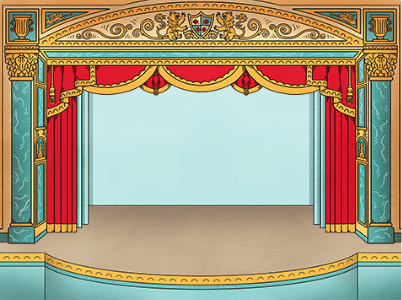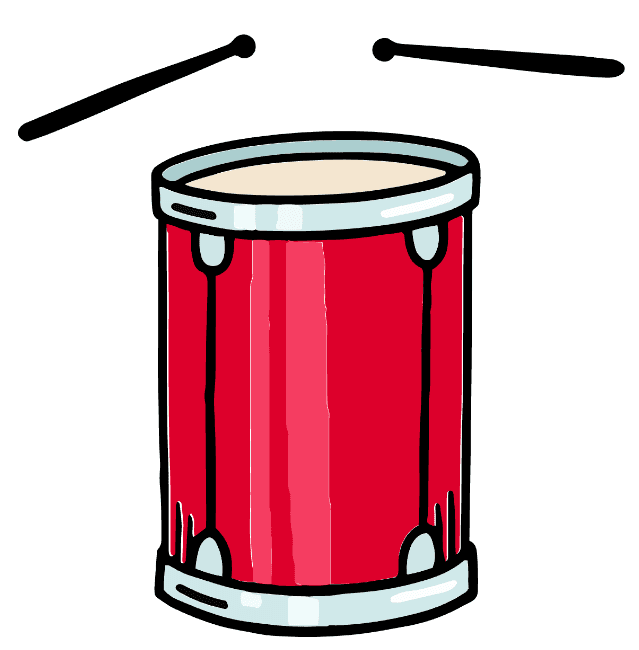Myths about teaching can hold you back
- Year 3
Creating a project using a block-based environment
I can implement an algorithm as code to create a project from a design.
- Year 3
Creating a project using a block-based environment
I can implement an algorithm as code to create a project from a design.
These resources will be removed by end of Summer Term 2025.
Switch to our new teaching resources now - designed by teachers and leading subject experts, and tested in classrooms.
These resources were created for remote use during the pandemic and are not designed for classroom teaching.
Lesson details
Key learning points
- In a project with multiple sprites, it is useful to assign them meaningful names.
- An algorithm is a defined sequence that can be followed and represented in code.
- An error in code is often called a bug.
- Errors can be found and corrected through debugging.
Keywords
Algorithm - a precise set of ordered steps which can be followed by a human or a computer to do a task
Bug - an error or mistake in code that stops it from working properly or as expected
Debug - finding and fixing errors in a program
Common misconception
An algorithm cannot be represented in code.
An algorithm is a description of the instructions to follow so that a specified task can be completed. Therefore, algorithms can be converted and represented in to program code to enable a computer to carry out the solution to a task.
To help you plan your year 3 computing lesson on: Creating a project using a block-based environment, download all teaching resources for free and adapt to suit your pupils' needs...
To help you plan your year 3 computing lesson on: Creating a project using a block-based environment, download all teaching resources for free and adapt to suit your pupils' needs.
The starter quiz will activate and check your pupils' prior knowledge, with versions available both with and without answers in PDF format.
We use learning cycles to break down learning into key concepts or ideas linked to the learning outcome. Each learning cycle features explanations with checks for understanding and practice tasks with feedback. All of this is found in our slide decks, ready for you to download and edit. The practice tasks are also available as printable worksheets and some lessons have additional materials with extra material you might need for teaching the lesson.
The assessment exit quiz will test your pupils' understanding of the key learning points.
Our video is a tool for planning, showing how other teachers might teach the lesson, offering helpful tips, modelled explanations and inspiration for your own delivery in the classroom. Plus, you can set it as homework or revision for pupils and keep their learning on track by sharing an online pupil version of this lesson.
Explore more key stage 2 computing lessons from the Programming sequence using sound unit, dive into the full primary computing curriculum, or learn more about lesson planning.

Equipment
Pupils will need access to a device with block-based programming software. Examples in this lesson use Scratch https://oak.link/scratch
Licence
Prior knowledge starter quiz
6 Questions
Q1.What category does this code block belong to?

Q2.A is used to change the appearance of a sprite.
Q3.What would you add to change the appearance of the stage?
Q4.Which of these is a backdrop?





